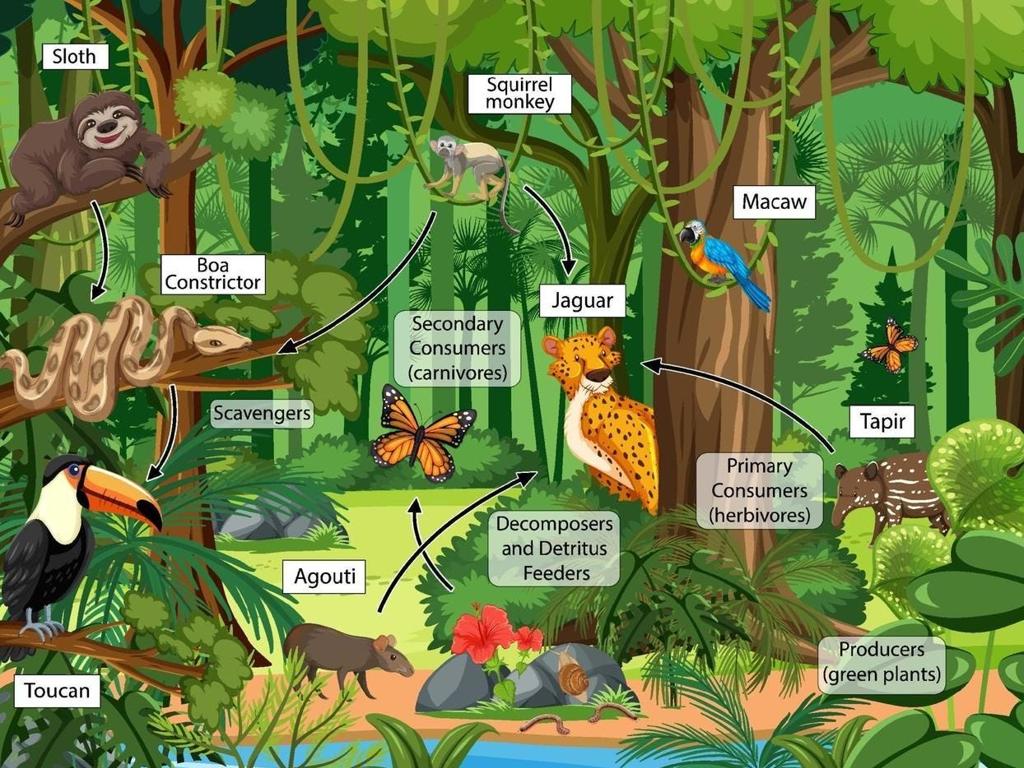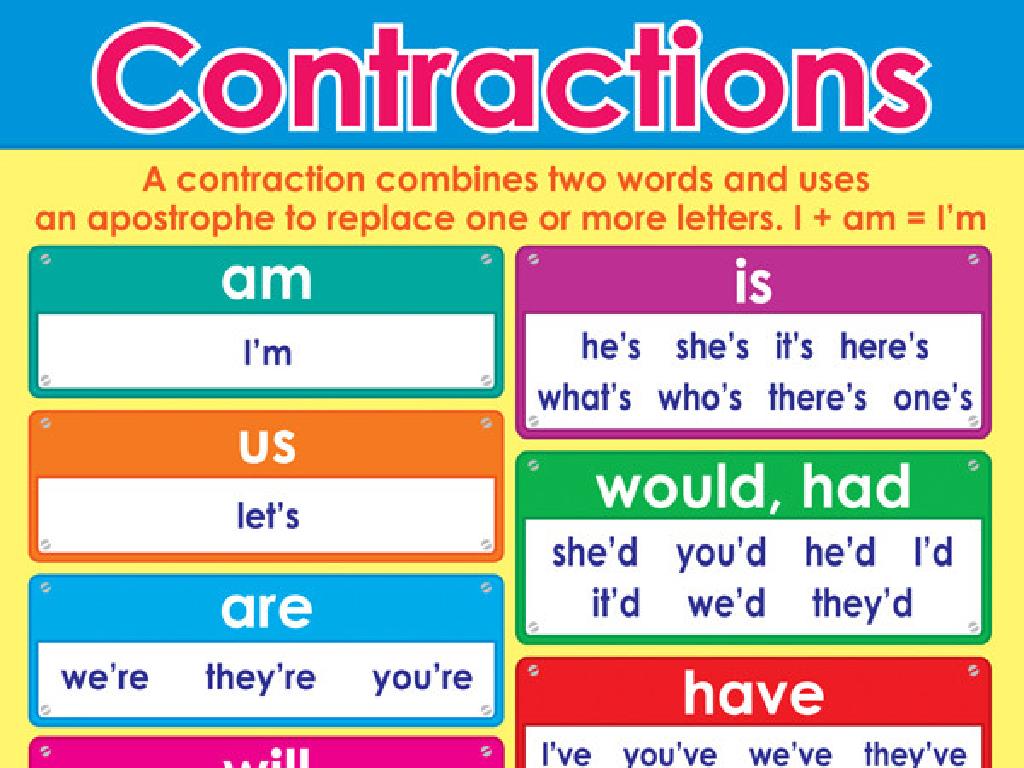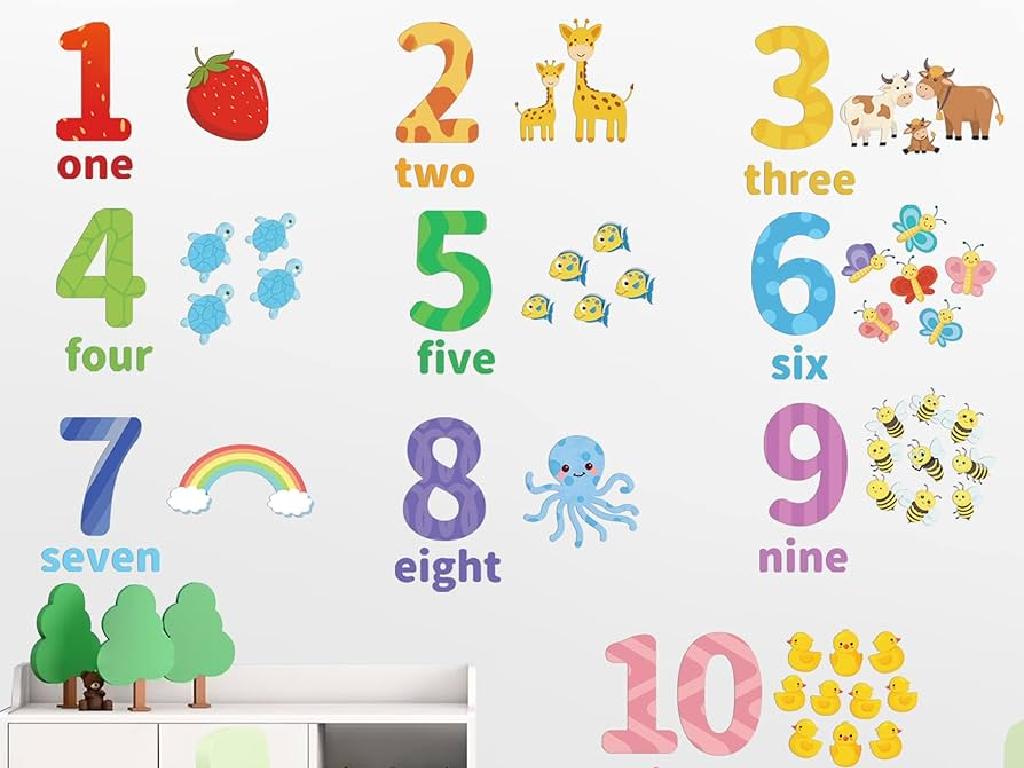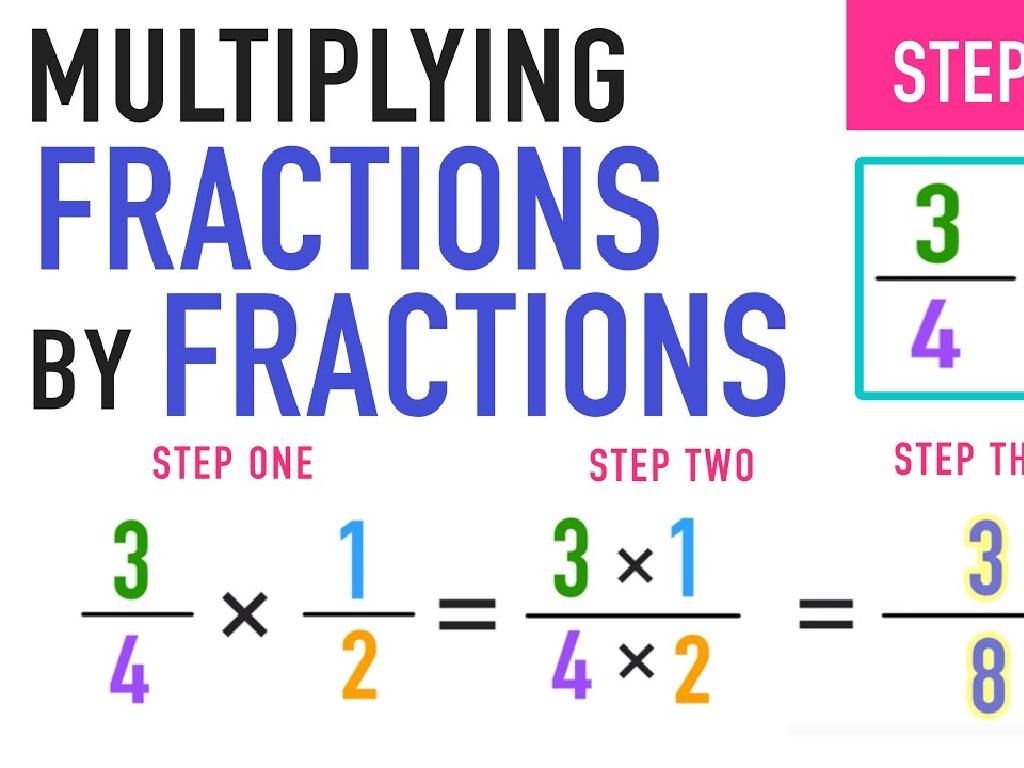Weather Or Climate? Cite Text
Subject: Science
Grade: Third grade
Topic: Weather And Climate
Please LOG IN to download the presentation. Access is available to registered users only.
View More Content
Introduction to Weather and Climate
– Explore our atmosphere
– The atmosphere is the layer of air that surrounds Earth.
– Learn what weather is
– Weather is the day-to-day condition of our atmosphere.
– Discover what climate means
– Climate describes the usual weather of a place over a long time.
– Compare weather and climate
– Weather changes daily, but climate is the average over years.
|
This slide introduces the basic concepts of weather and climate, which are fundamental topics in understanding Earth’s atmospheric conditions. Begin by explaining the atmosphere as the protective layer that provides us with air to breathe and weather patterns. Weather is what we experience daily, such as rain, sunshine, or snow. Climate, on the other hand, is the average of these weather conditions over a longer period, typically years. It’s important to emphasize the difference between the two, as this is a common point of confusion. Use examples like a rainy day versus the rainy season to illustrate the point. Encourage students to think about the weather they experience in a week compared to the general climate of the place where they live.
Understanding Weather
– What is weather?
– It’s the day-to-day state of the atmosphere.
– Examples of weather types
– Sunny, rainy, windy, snowy are different weather conditions.
– Weather’s quick changes
– Weather can change in minutes, like sudden rain!
– Observing daily weather
|
This slide introduces the concept of weather to third-grade students. Weather is described as the conditions of the atmosphere at any given time and place. It can include sunshine, rain, wind, and snow, among other phenomena. Emphasize the variability of weather, how it can change from minute to minute, and the importance of observing these changes. Encourage students to share their own experiences with sudden weather changes and discuss how these changes can affect their day. This will help them understand the immediate nature of weather as opposed to the long-term patterns of climate.
Understanding Climate
– Climate vs. Weather
– Weather is day-to-day, climate is over many years
– Climate: Long-term patterns
– Average conditions like temperature & rainfall over 20-30 years
– Types of Climates
– Examples: Tropical is warm, Polar is cold, Desert is dry, Temperate has all seasons
– Climate shapes regions
– Climate tells us what to expect; like what clothes to wear or plants that grow
|
This slide aims to help students differentiate between weather and climate. While weather changes daily, climate is the average weather conditions in an area over a long period, typically 20-30 years. Introduce the different types of climates such as tropical, desert, polar, and temperate, and discuss how these climates affect life in those regions, including the types of plants that grow and the clothes people wear. Encourage students to think about their own climate and what weather they can typically expect. This will help them understand the concept of climate and its impact on the environment and human activities.
Weather vs. Climate: What’s the Difference?
– Weather is short-term changes
– Think about what the sky looks like today!
– Climate is long-term pattern
– Climate is like the whole year’s weather trend.
– Daily outfit vs. overall wardrobe
– You pick clothes for today’s weather but have different clothes for summer and winter.
– Understanding weather and climate
|
This slide aims to help students differentiate between weather and climate in a relatable way. Weather refers to the atmospheric conditions that change frequently and can be different from one day to the next. Climate, on the other hand, is the average weather pattern over a longer period, such as seasons or years. To make it more understandable for third graders, compare the daily choice of outfit to weather, and the variety of clothes they have for different seasons (their wardrobe) to climate. This analogy helps them grasp why we might wear a jacket one day and shorts another, while also understanding that we have different types of clothes because our climate has different seasons. Encourage students to think about the weather they experience daily and the overall climate of the place they live in.
Reading About Weather and Climate
– Read a passage together
– Find clues about weather vs. climate
– Weather is day-to-day, climate is the average over time
– Discuss our findings
– Learn to distinguish weather and climate
– Weather: sunny, rainy, snowy. Climate: tropical, desert, polar
|
This slide is designed to engage third-grade students in a group reading activity focused on understanding the difference between weather and climate. The passage selected should contain references to both concepts. Students will look for keywords or phrases that indicate whether the text is discussing the current conditions (weather) or the typical patterns they can expect in a region over long periods (climate). After reading, students will share their findings, facilitating a discussion that reinforces their understanding. The teacher should prepare to explain how weather can change day-to-day, while climate is what we expect in a place based on long-term patterns. Examples can include daily weather conditions like sunny or rainy days, versus climate types such as tropical, desert, or polar.
Class Activity: Weather or Climate?
– Understand weather vs. climate
– Sort scenarios: weather or climate
– Is it a daily condition or a long-term pattern?
– Discuss answers in groups
– Share ideas and learn from classmates
– Explain your reasoning
– Why did you categorize it that way?
|
This activity is designed to help students differentiate between weather and climate through practical application. Weather refers to the day-to-day conditions of the atmosphere, while climate describes the average weather patterns over a long period in a specific area. Provide students with various scenarios and have them sort these into two categories: weather or climate. Encourage group discussions to allow students to explain their reasoning and understand different perspectives. This collaborative effort will enhance their comprehension of the concepts. Possible scenarios for sorting could include: ‘It rained for two hours today’ (weather) or ‘Summers here are usually hot and dry’ (climate).
Weather vs. Climate: Summary
– Weather: day-to-day changes
– Weather includes temperature, precipitation, and wind for a short period.
– Climate: long-term patterns
– Climate describes the average weather conditions over many years in a region.
– Weather vs. Climate: key differences
– Weather is what you see outside on any particular day, whereas climate is the typical pattern over time.
– Review with examples
|
In this lesson, we’ve learned that weather refers to the short-term changes in the atmosphere, including temperature, precipitation, and wind. It’s what we experience from day to day. On the other hand, climate is the average of these weather components over a long period, typically 30 years or more, in a specific area. To help students differentiate between weather and climate, use examples like a rainy day versus the rainy season, or a hot sunny afternoon versus a desert’s hot climate. Review the concepts by asking students to describe the weather of the day and then discuss the general climate of the place where they live.
Hands-On Activity: My Weekly Weather Chart
– Create a weekly weather chart
– Track daily weather for a week
– Note temperature, precipitation, etc.
– Record sunny, rainy, cloudy, or snowy days and temperature highs/lows
– Share your weather chart with the class
|
This activity is designed to engage students with practical application of observing and recording weather patterns. Provide students with a template for a weekly weather chart or have them create their own. Each day, they should observe the weather and record the temperature, type of precipitation, and describe the sky. Encourage them to use a variety of sources like local news, websites, or outdoor observation. At the end of the week, students will present their findings to the class, discussing any patterns they noticed. This will help them understand the difference between daily weather changes and long-term climate patterns. Possible activities include comparing charts between students, discussing unusual weather, or predicting the next week’s weather based on their observations.






